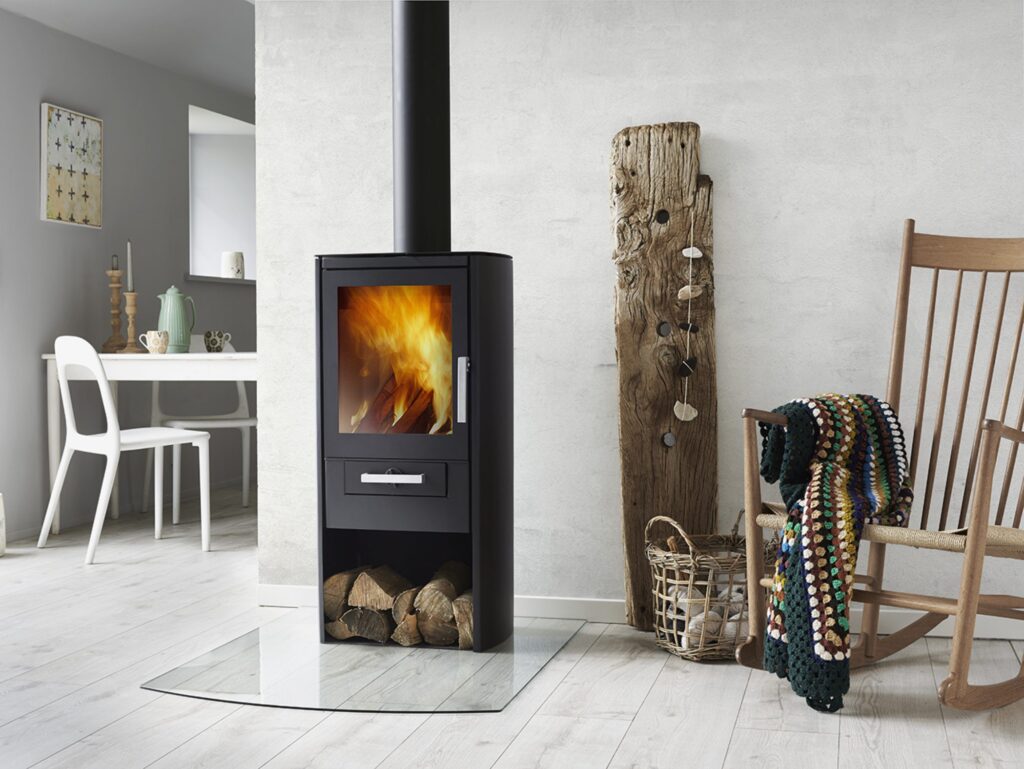Showhome takes a look at energy efficient door and window options, to ensure no money goes to waste
With the cost of living crisis the country is being put through, the expense of heating a home has massively increased. As a result, the last thing a homeowner wants to hear is that the heat that is so expensive is escaping through the doors and windows. Most homes in the modern day are insulated in one form or another. Whether that includes loft insulation, to stop the heat escaping through the top of the house, or wall insulation, to ensure the heat can’t flow through the walls and escape into the cold outside. Regular insulation in the home provides resistance to heat flow and lowers the heating, and cooling, costs. Insulation is of course a key factor in ensuring that the money spent on heating a home isn’t wasted, but unfortunately that is not the only factor.
Poorly fitted or not highly efficient, doors and windows can be the main culprit when addressing heat escaping from a home. If the doors and windows aren’t fitted properly, or are simply the less efficient types, household bills are likely to remain high due to escaping heat. Making the doors, windows, and even the conservatory of a home more efficient will reduce the energy bills and lower the carbon footprint of the build.
Windows
Energy efficient windows come in a wide array of frame materials and styles. The energy performance of a window depends on how well the materials stop heat from passing through, as well as how much sunlight travels through the glass, and how little air can leak around the window.
Energy efficient windows are made of two or three glass panes sealed in a single unit, which is then surrounded by a frame made from uPVC, wood, or another material altogether.
Double-glazed windows have two sheets of glass with a gap in between, usually about 16mm. Triple-glazed windows have three sheets of glass and two gaps. This can make them better at insulating than many double-glazed windows, but that is not always the case. The gaps between the glass panes are filled with air, or an inert gas such as argon, and this air or gas is sealed completely within the gaps of the panes of glass.
The most energy efficient type of glass for double and triple glazing is low emissivity (low-E) glass. Low-E glass has a microscopically thin coating of metal oxide on one of the internal glass surfaces. This thin metal coating reflects heat back into the home but still lets the light in from the outside, making it great at keeping warmth in.
The size of the gap between the panes can influence the performance of the windows, but that doesn’t mean that a bigger gap is always better. A thickness of 16mm is often quoted as the optimum gap, but smaller gaps may be the more appropriate option in some cases. It genuinely is a case-by-case situation, depending on the specific building and window location in the build. Performance can also be improved by filling the gap with an inert gas such as argon, xenon or krypton. These gases are more insulating than regular air…
Read the rest of this exclusive feature, and more, in our latest issue here.
Never miss a story… Follow us on:
Showhome
@Your_Show_Home
@Showhomemag
Media Contact
Anna Wood
Editor, Showhome
Tel: +44 (0) 1622 823 922
Email: [email protected]











